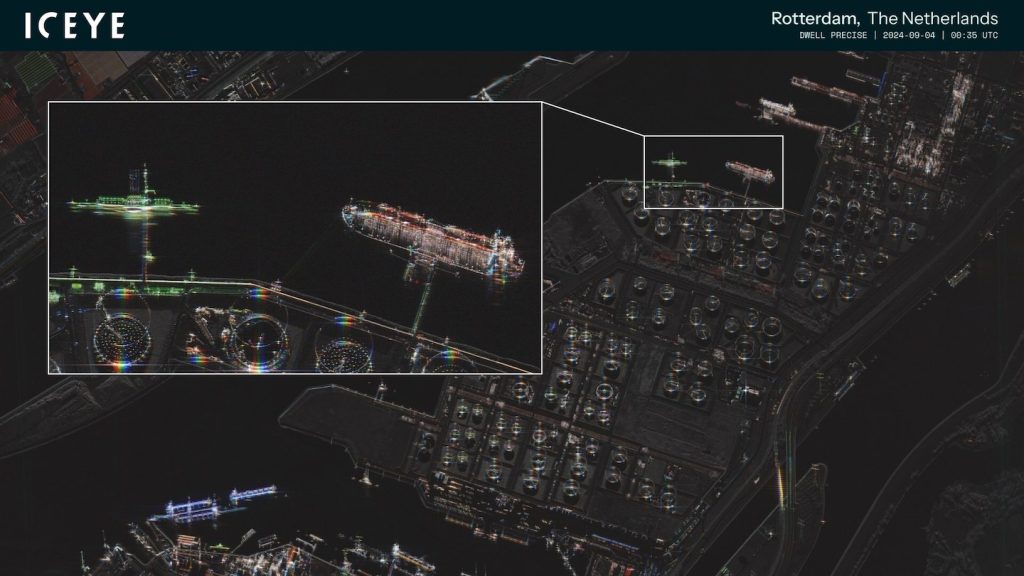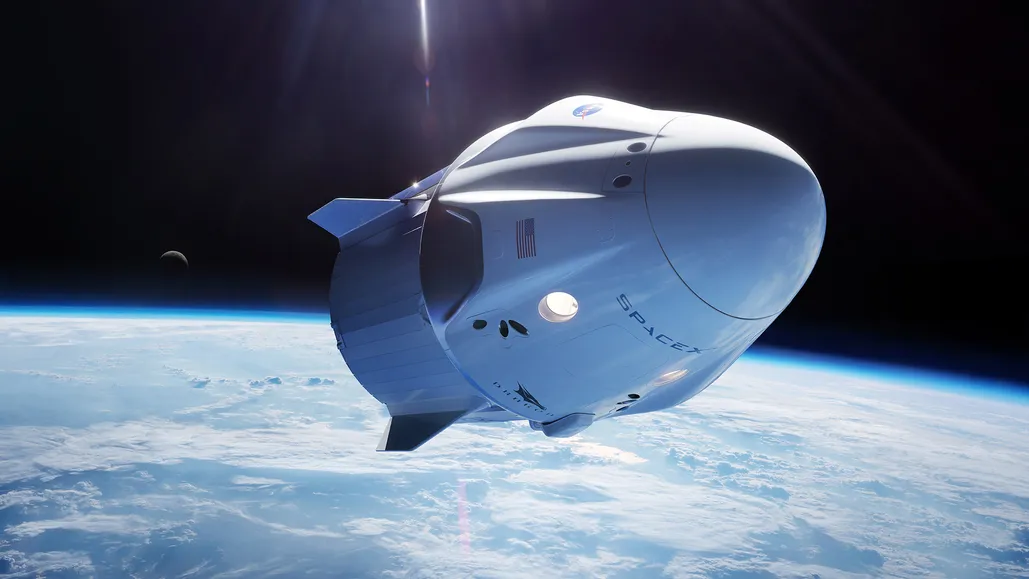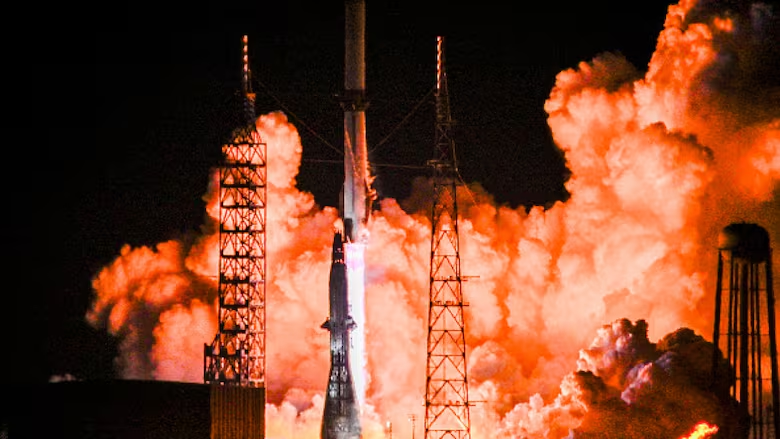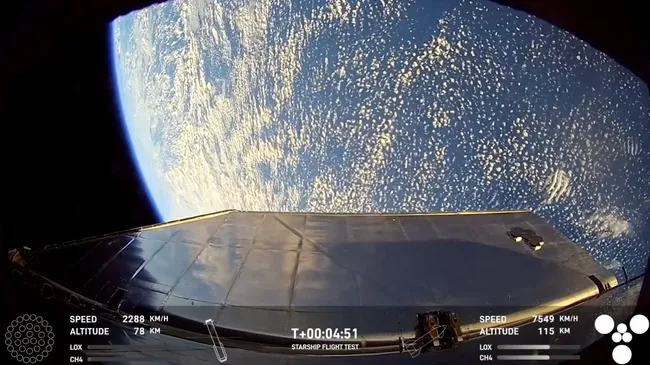The collaboration seeks to enhance ATR capabilities by combining AI algorithms with radar satellite imagery for precise object recognition.

ARLINGTON, Va. — Lockheed Martin, a prominent defense contractor, has announced a collaboration with Iceye, a Finnish company specializing in radar imaging satellites, to create AI-driven target recognition technology for Finland’s military. This partnership, revealed on Nov. 20, is part of a broader initiative led by Iceye.
The project will utilize Lockheed Martin’s automated target recognition (ATR) technology, which employs artificial intelligence to interpret satellite imagery and detect objects or targets. Lockheed Martin plans to develop advanced AI algorithms based on Iceye’s synthetic aperture radar (SAR) data. SAR technology provides high-resolution imaging capabilities regardless of weather conditions or time of day.
This innovation is designed to support Finland’s F-35 tactical aviation program by delivering space-based intelligence and analytical tools. Lockheed Martin, the manufacturer of the F-35 fighter jet, has previously applied ATR algorithms with Maxar’s electro-optical satellite imagery.
The Finnish military intends to incorporate these ATR algorithms into its mobile intelligence, surveillance, and reconnaissance (ISR) platforms. According to Jonathon Brant, a Lockheed Martin AI expert, the future of ATR lies in multi-modal data fusion. This approach would enable analysts to cross-reference radar and optical imagery for enhanced target verification.
Brant shared these insights during a recent Lockheed Martin press briefing, highlighting the potential of this technology to transform military intelligence operations.
Brant emphasized the importance of accelerating decision-making processes by delivering actionable intelligence in near real-time. “Operators need to act faster, which requires getting information to them more quickly,” he stated.
He also pointed out that Lockheed Martin’s work with ATR systems highlights the growing cybersecurity risks associated with AI. According to Brant, image recognition algorithms are vulnerable to cyber threats, particularly adversarial machine learning. This method involves altering inputs in ways that appear normal to humans but can deceive AI systems into making incorrect judgments.
To address these challenges, Lockheed Martin is collaborating with the National Institute of Standards and Technology (NIST) to establish benchmarks for evaluating and certifying the robustness of AI systems. Brant noted that even subtle changes in images, such as the manipulation of a single pixel, could undermine the performance of image recognition algorithms.




Leave a Reply